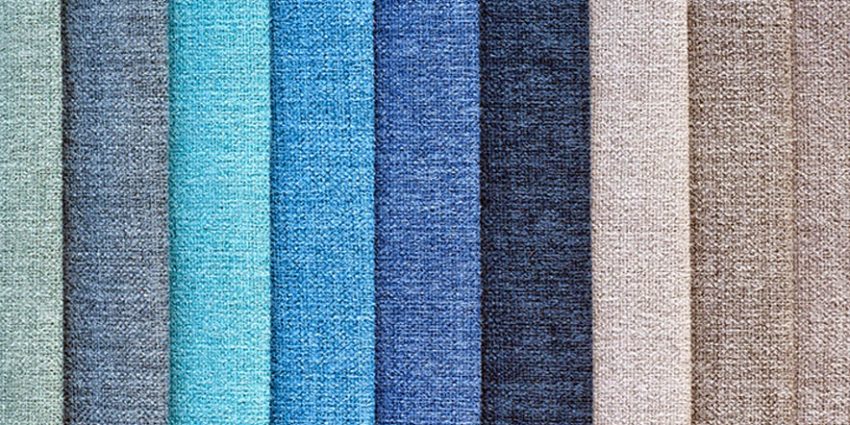Color is the silent storyteller of any space. It sets the mood, defines the energy, and influences how we feel the moment we walk into a room. In upholstery design, where fabrics meet function, color theory becomes a crucial tool for crafting interiors that are as harmonious as they are impactful.
By understanding the basics of color theory, you can transform your upholstery choices from mere decoration into deliberate design statements.
Setting the Mood with Color
Color has the power to evoke emotions, and upholstery often acts as the focal point in a room.
- Warm colors (reds, oranges, yellows) create energy and intimacy, making them ideal for lively spaces like living rooms or dining areas.
- Cool colors (blues, greens, purples) promote calmness and relaxation, perfect for bedrooms or study areas.
- Neutral tones (beiges, greys, whites) offer balance and versatility, anchoring more dynamic color palettes.
Your upholstery choices should align with the mood you want the room to convey, blending comfort with intention.
Balancing the Color Wheel
The color wheel is the cornerstone of color theory, helping designers choose hues that complement or contrast in just the right way.
- Complementary colors:
These sit opposite each other on the wheel (e.g., blue and orange). Using them in upholstery creates vibrant, eye-catching contrast.
- Analogous colors:
Found next to each other on the wheel (e.g., green, blue-green, and blue), these combinations are soothing and cohesive.
- Monochromatic schemes:
A single color in varying shades and tints creates a subtle, sophisticated look.
Using Color to Define Space
Upholstery isn’t just about function—it’s also a tool for visual organization. Strategic use of color can help define areas within a larger space.
Use strikingly different colors for upholstered pieces in open floor plans to delineate spaces like the dining area and living room. Repeating a color across various upholstered items—like chairs, benches, and throw pillows—unifies the space.
A brightly colored ottoman or armchair can serve as the focal point in a neutral room, drawing the eye and creating interest.
Textures and Patterns: The Subtle Side of Color
Color in upholstery doesn’t exist in isolation—it interacts with textures and patterns to create depth and complexity.
- Tone-on-tone designs:
Subtle variations in shade add visual interest without overwhelming the space.
- Patterned upholstery:
Stripes, florals, or geometric designs combine color with movement, making upholstered items pop.
- Material influence:
Velvet makes colors appear richer and deeper, while linen gives them a softer, muted look.
The interplay between color and texture can elevate your upholstery design from flat to dynamic.
Lighting’s Impact on Upholstery Color
A color that looks perfect in the store might feel completely different under your home’s lighting.
- Natural light: Enhances warm and cool tones but can fade certain fabrics over time.
- Artificial light: Soft white bulbs make warm colors glow, while cool white bulbs intensify blues and greens.
- Test swatches: Always view fabric samples in your space and under different lighting conditions to ensure they work harmoniously.
Color isn’t static—it changes based on its environment, making this step essential for upholstery design success.
Conclusion
Color theory isn’t just an abstract concept—it’s a practical tool for creating interiors that feel cohesive, inviting, and impactful. From defining the mood to guiding the eye, the role of color in upholstery design is as creative as it is functional.
By understanding how colors interact, adapting them to your space’s lighting, and balancing them with textures and patterns, you can create upholstered pieces that don’t just sit in a room—they transform it.
Because when you get color right, everything else falls into place.

